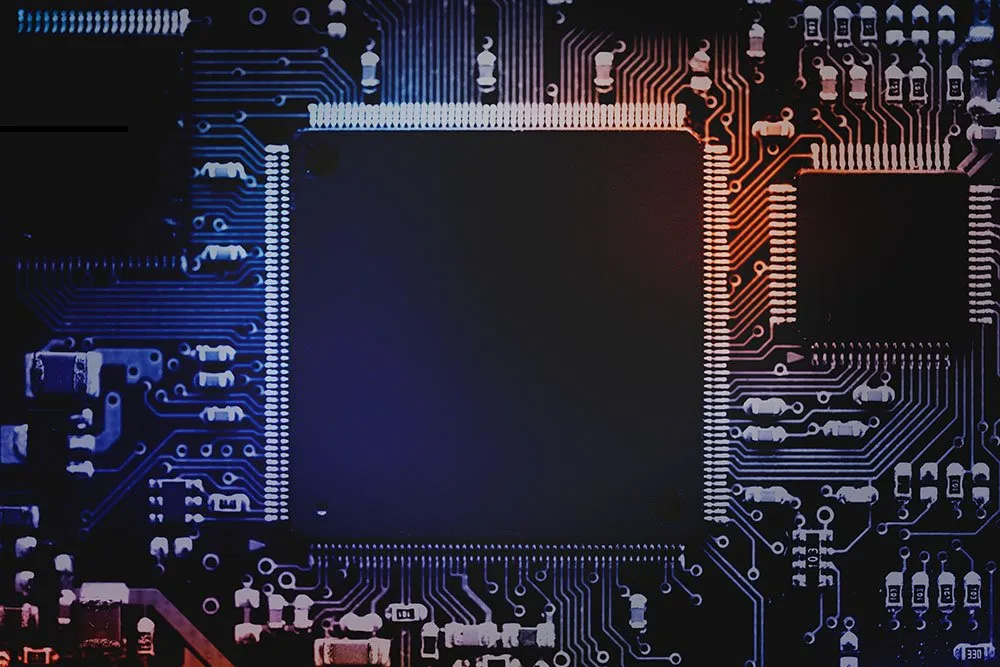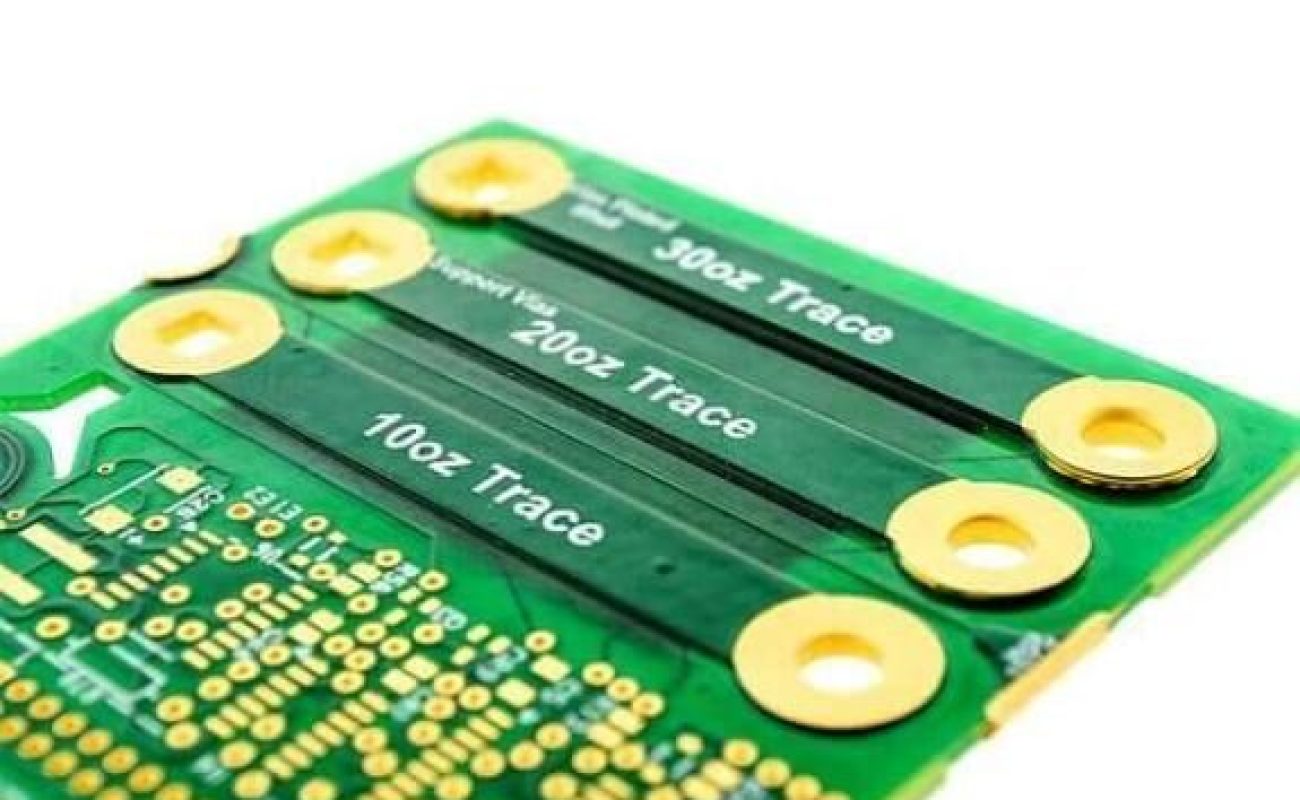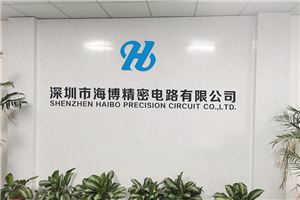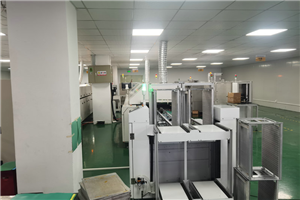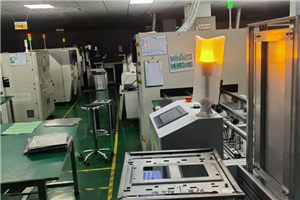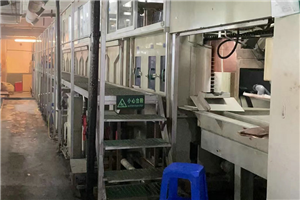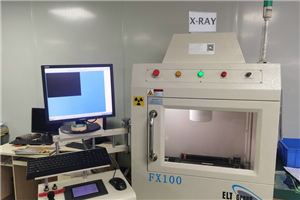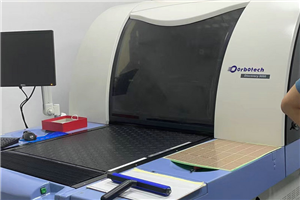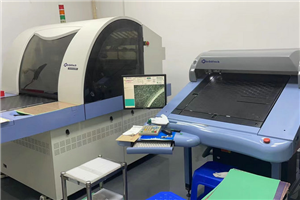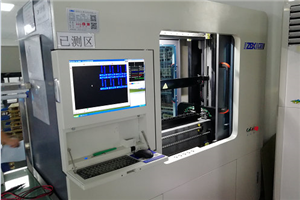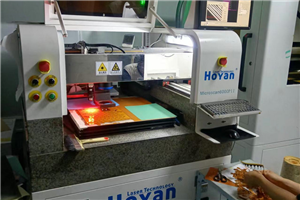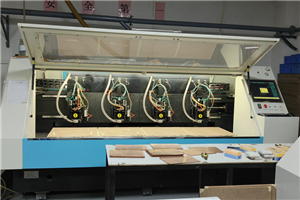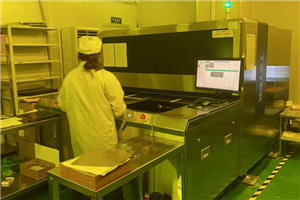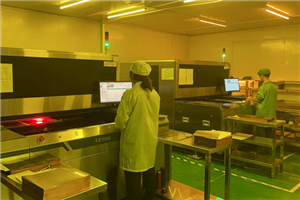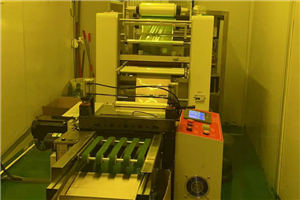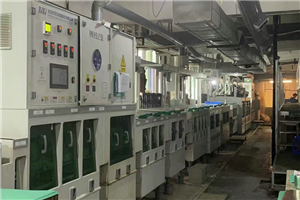Everything has its advantages and disadvantages, and thick copper PCBs are no exception. Let's analyze the advantages and disadvantages of thick copper PCBs below.
The main advantages of thick copper PCB
Undoubtedly, thick copper PCBs perform better in many applications that require high reliability, long lifespan, high current or voltage, high thermal conductivity, or extreme environments because their copper thickness is more robust. There are four main advantages:
Capable of withstanding higher currents and voltages
It can be imagined that the thicker the copper on a thick copper PCB, the greater the current it can withstand and the higher the voltage. For example, some high current devices or electric trucks use power PCBs that require huge currents to run, and copper wires with ordinary thickness may burn out, so thick copper in PCBs is necessary. Especially for power modules in trucks or industrial equipment, they may require 10oz or more of copper.
high reliability
The copper thickness used in ordinary PCBs is about 0.5oz to 1oz (or 17.5um to 35um), which is still very thin. PCB thick copper thickness usually exceeds 2oz (70um), with higher current carrying capacity and better heat resistance. In addition, the mechanical strength of copper wires and PTH holes in thick copper PCBs is higher. Therefore, for some products that require very high reliability, such as electronic modules for vehicles and medical requirements, thick copper PCB circuit boards should be used. To avoid copper connection failures in special usage environments.
More heat-resistant, cold resistant, and corrosion-resistant
In addition, thick copper PCB boards are more heat-resistant, cold resistant, and corrosion-resistant than traditional PCBs, so they can be applied to high-end industries above industrial level, military and aerospace level, which can be used in extremely high humidity or hot and cold environments.
Long life cycle
Taking into account these advantages, the service life of heavy copper PCB products is greatly extended, thereby improving the service life of the final product.
Thick copper PCB
Disadvantages of Thick Copper PCB
Next, let's analyze the drawbacks of thick copper PCBs. Please refer to the following drawbacks of thick copper PCBs:
Cannot be used for high-density PCB routing
For thick copper PCBs, the width and spacing of copper wires should be greater than 6mil, otherwise etching will be more difficult. But in thick copper PCBs, there are also many PCBs with copper wire widths less than 4mil. So thick copper PCBs are not suitable for high-density copper wire PCBs. Does this mean that thick copper PCB circuit boards are typically used for power modules rather than signal modules? Of course it is.
Difficulties in PCB manufacturing
If someone says, 'There are no difficulties in etching and pressing steps for manufacturing thick copper PCBs,' then they are completely wrong. Generally speaking, the thicker the copper thickness, the more difficult it is to etch. Another major difficulty is lamination: due to the large gap between the etched traces, too much resin is required for lamination. If the gap is not properly filled with resin, delamination may occur after PCB assembly, which is an unbearable functional failure. In addition, for thick copper PCBs, solder mask printing is more challenging, but if the lamination is done perfectly, this is not a problem.
High cost
Many people think like this: 'The downside is predictable. Does the more copper used, the higher the cost of heavy copper PCBs? Impossible.' Especially for PCBs with a copper content of 4oz (140um) or more, heavy copper is even more expensive because the more copper is needed, the longer the production time of the substrate. In addition, the amount of heavy copper in PCBs is also more difficult for heavy copper PCB manufacturers to produce, which can lead to an increase in the cost of overweight copper PCBs.


